Showing 1-10 of 28 items
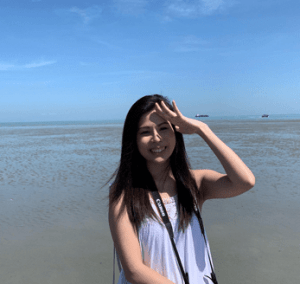
This week we have a contribution by Dr. Florence Mok, whose article ‘Public Opinion Polls and Covert Colonialism in British Hong Kong’ in China Information has recently been awarded the Eduard B. Vermeer Prize (congratulations Dr. Mok!). We first met Florence at the University of York, where she completed her PhD on state-society relations in colonial Hong Kong. Now a postdoctoral fellow in the History Department at Nanyang Technological University,

We are thrilled to have Kelvin Chan contributing to our blog this week. A PhD student at McGill University, Kelvin gave a fascinating presentation in our conference in June this year in Hong Kong about the repatriation of mental health patients in Hong Kong from the 1870s to the 1920s. Interested to know more about his wider project on the history of psychiatry and mental health in Hong Kong and

Our guest writer this week is Adonis Li, PhD student at the University of Hong Kong. We first met Adonis in 2016 when the Project visited the University of York, where Adonis did his BA and MA, for a symposium on Hong Kong history. Our paths have crossed often since: in January this year Adonis spoke at our postgraduate workshop about his earlier work on Sir Percy Cradock and the

We are delighted to have Allan Pang writing for us this month. Currently an MPhil student at the University of Hong Kong, Allan spoke in our conference in June about his research on the promotion of Cantopop and colonial Chineseness. We were fascinated by his research and therefore invited him to tell us a bit more about his wider research on our blog. Unlike other contributors to the HKHP blog,
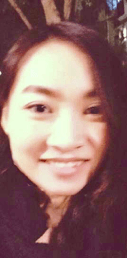
This week our guest writer is Meng (Stella) Wang, PhD candidate at University of Sydney. Stella’s research interests lie in the history of childhood, particularly on children’s everyday life, their use of urban space, and the formation of their identity in their lived spaces. Stella has kindly accepted our invite to write a reflective piece on how she uses visual materials in her project. A Visual History of Colonial School
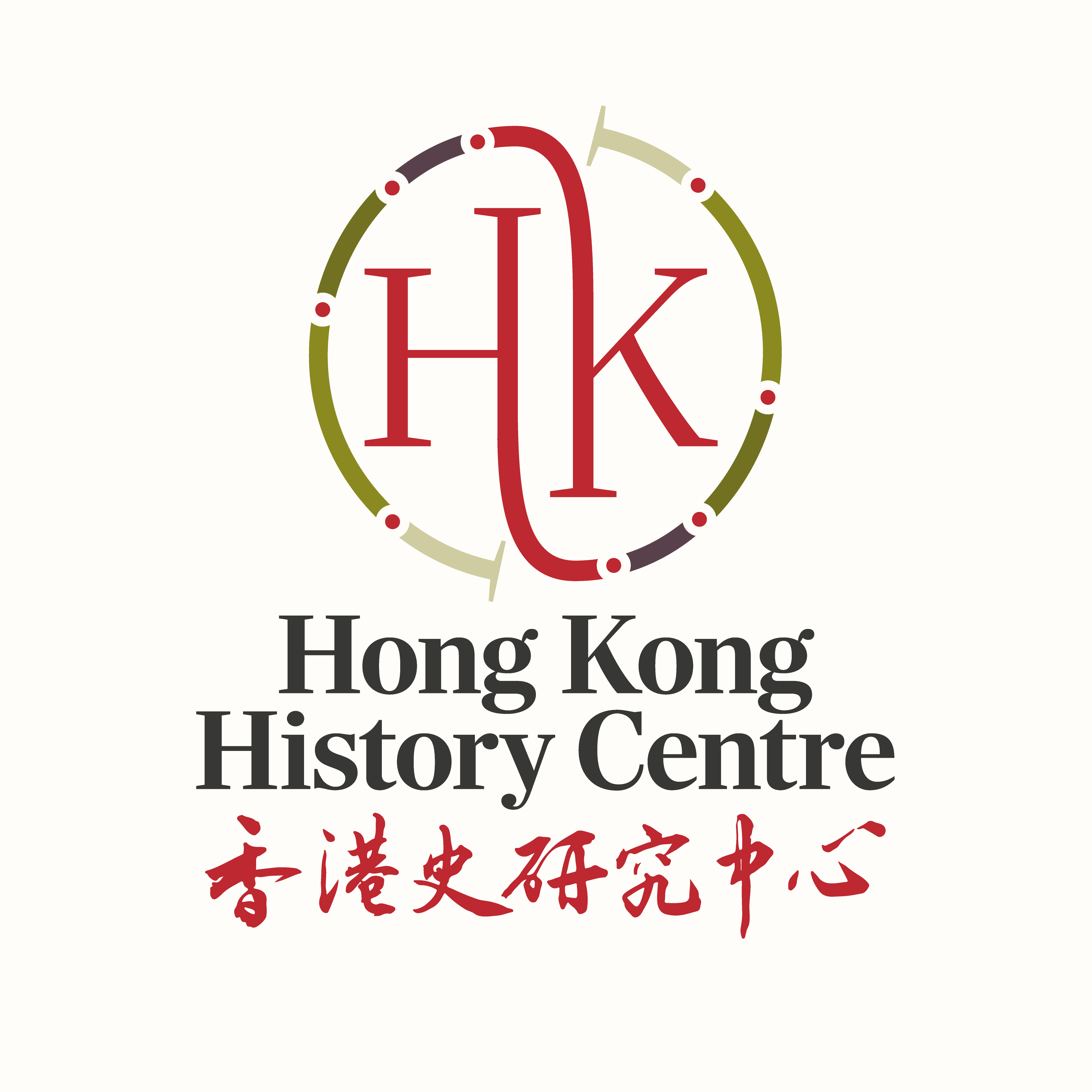
Happy new year everyone! We are delighted to have Tim Yung as our first guest writer in 2019. A PhD candidate at the University of Hong Kong, Tim's research concerns South China Anglican Identity in the early twentieth century. Here's Tim telling us how and why he works on this fascinating project: When walking around Hong Kong, I could not help but notice a curious abundance of schools whose names
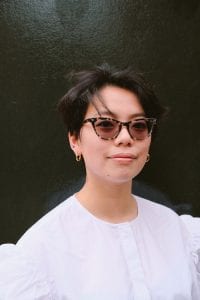
We are glad to have Vivien Chan as our contributor this week. Vivien is a design historian based in London. She is currently a PhD candidate on the Cultures of Occupation in Twentieth Century Asia Project at University of Nottingham, and holds an MA in History of Design from the Victoria & Albert Museum/ Royal College of Art. She is also an Ambassador for the Design History Society, and continues her

Our guest writer this week is Shuang Wu, PhD student at the University of Hong Kong and King's College, London. Shuang's research explores lives of Chinese mothers in colonial Hong Kong and the United Kingdom after the Second World War. Here she shares with us how stories told by her grandmother, an illiterate woman born in Shanghai and moved to Hong Kong in the 1950s, inspired her to conduct a
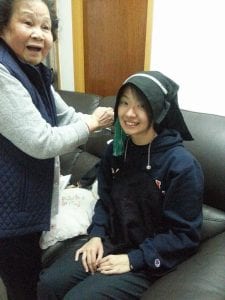
Our guest writer this week is Luca Yau, who’s set to start her PhD at Trinity College Dublin in March 2019. During her MPhil study at Lingnan University, Luca explored the representations and self-representations of Hakka women since the mid-nineteenth century. I was born and raised in a Hakka family, a group whose ethnicity has become marginalized and increasingly unseen in the process of rapid urbanization in the post-war period.
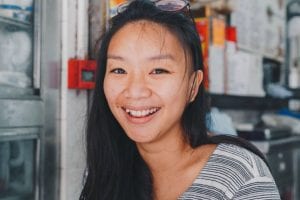
Our guest writer this week is Chi Chi Huang, who recently finished her PhD at the University of Hong Kong. (Congrats Dr. Huang!) By incorporating archival research and the study of visual culture into her project, Chi Chi's research explores how British popular culture imagined Hong Kong in the late 19th and the early 20th centuries. Here's Chi Chi telling us how memories of her trips to Hong Kong as a kid